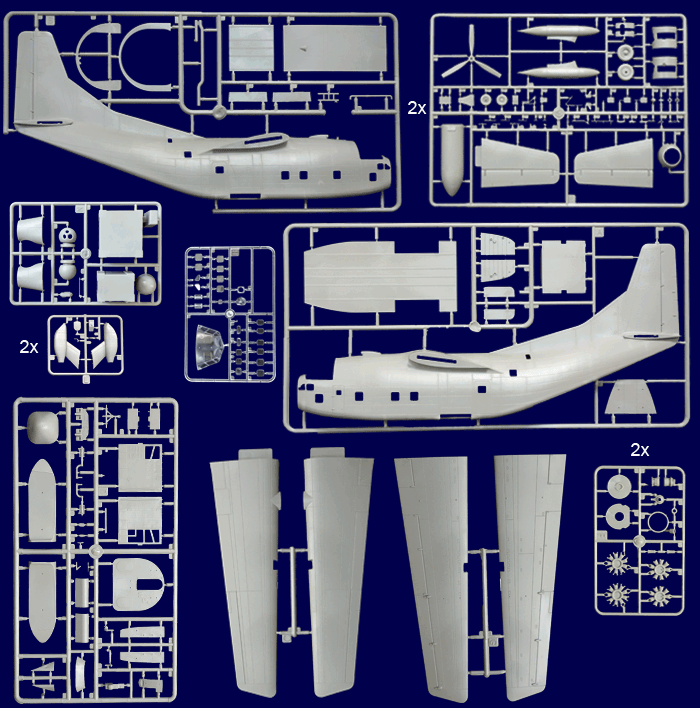The C-123 Provider was one of the most significant aircraft in aviation history; its design was first used in prototype form during the Second World War, and it has since become the classic layout for all transport aircraft. However, the war in Vietnam proved that transport planes can be used not only for their main purpose, but also for purposes far removed from the carriage of goods by air.
The earlier conversion of the well-known DC-3 into the AC-47 'Spooky' was one of the first attempts to turn a transport plane into a strike plane. However, it was simply a kind of flying gun truck, with an array of weapons, which could not actually track ground targets from the air to be able to effectively destroy them.
At the end of 1965 the US Air Force as part of the newly launched 'Black Spot' program ordered from the Fairchild company two experimental prototype strike aircraft. It was assumed that the machine would be able to conduct an independent search for ground targets around the clock regardless of weather conditions. The notorious Ho Chi Minh trail had long been a source of constant problems for the US Army and therefore the accuracy of night air attacks in the area was one of their biggest priorities.
Soon, in cooperation with LTV and E-Systems, two C-123 aircraft were converted to the Black Spot standard. These airplanes differed from the standard transport with an elongated nose, fashioned to enable the installation of the massive radar from the F-104 fighter. In the rest of the lengthened nose was installed infrared equipment, and Doppler radar navigation equipment. In the back part of the transport compartment was located a bomb bay, amongst other equipment as part of the Black Crow system, which initiated the moment the ignition was turned on. In case of target acquisition and tracking attack decisions were made by computer, not by the crew, an essential innovation of that time.
In the middle of 1967 two planes, designated NC/AC-123K, at first transferred to South Korea for training flights, and at the end of 1968 finally came to Vietnam. Their military career lasted about half a year, during which time they embarked on 186 combat missions, destroying 415 trucks and significantly damaging 273 more. Every second flight was effective - a very high figure for the time, given that the onboard equipment was unreliable and constantly broke down. In the summer of 1969 the machines were returned to the USA, where they completed a full renovation and modernization of equipment, and from December of that year until the middle of the following year they returned to the sky of Vietnam again. Now, their goal was the destruction of boats in the Mekong valley, and the airplanes coped with this task quite successfully, destroying about a hundred targets on the water and off the coast. Their success rate had improved to 77% in the ratio of flights to targets destroyed.
The military were satisfied with the Black Spot program, but did not follow up with production orders. By that time the AC-130 had already appeared, the most powerful gunship in the history of such machines, so before very long in the summer of 1971 the NC/AC-123Ks were again converted into transport aircraft.
At the outset of the program no military applications of the NC/AC-123K had been planned. Even so, the success of the two military missions was impressive. The C-123 had written its own unique page in the history of strike aircraft.


